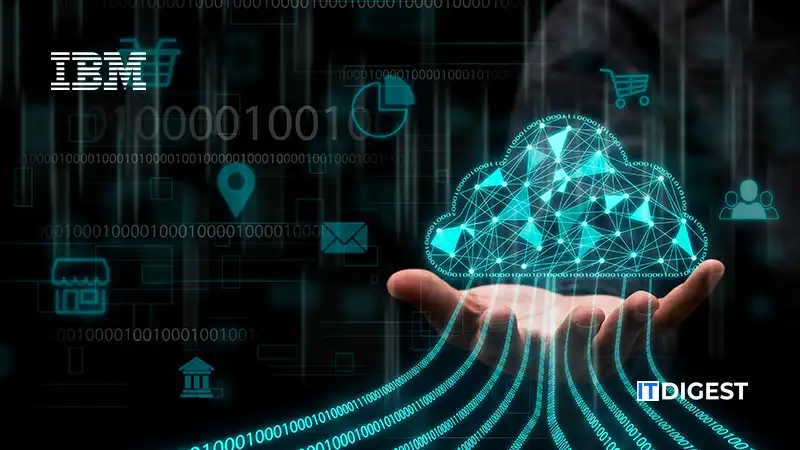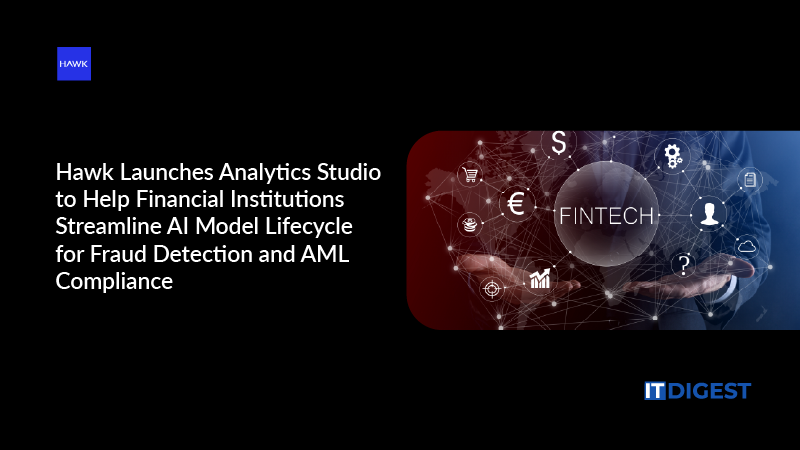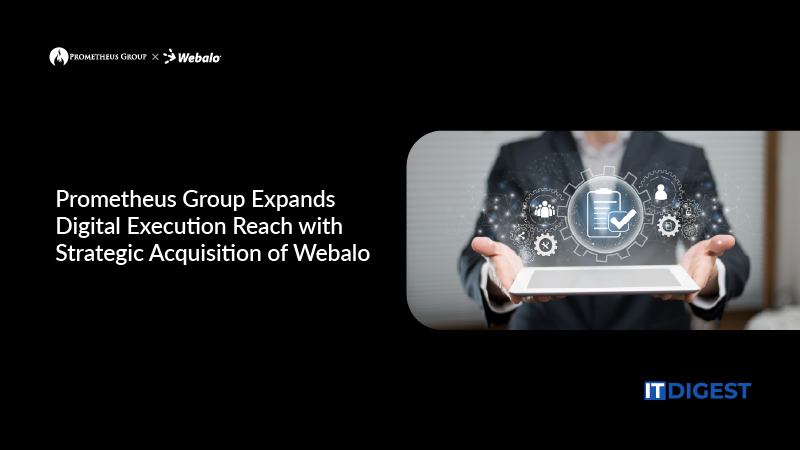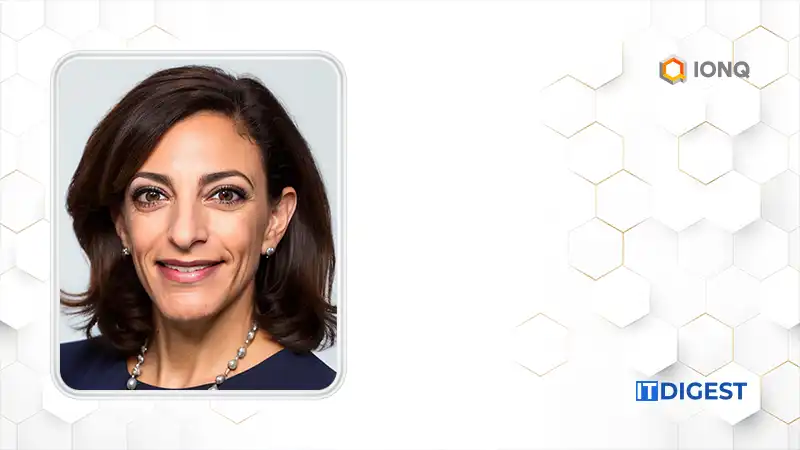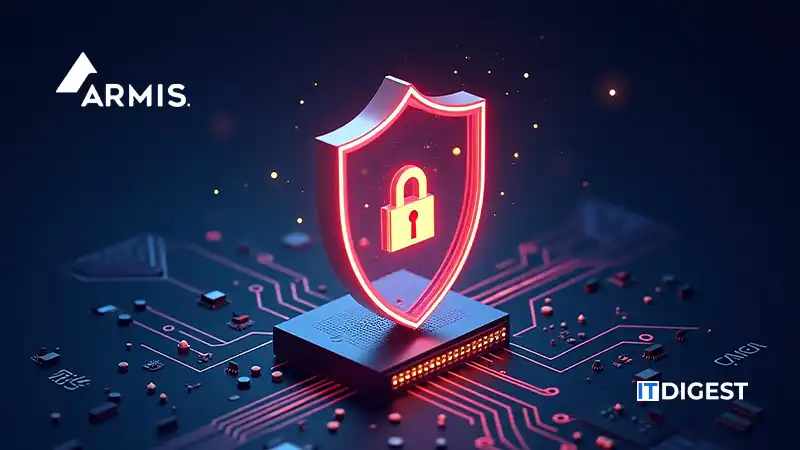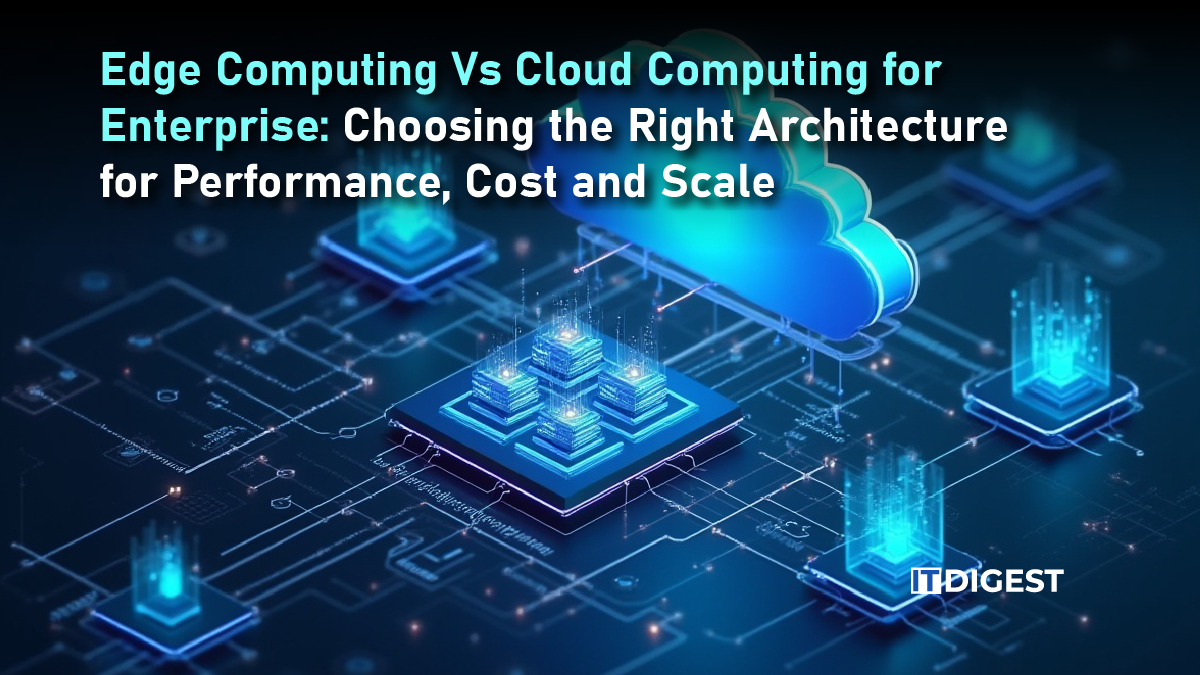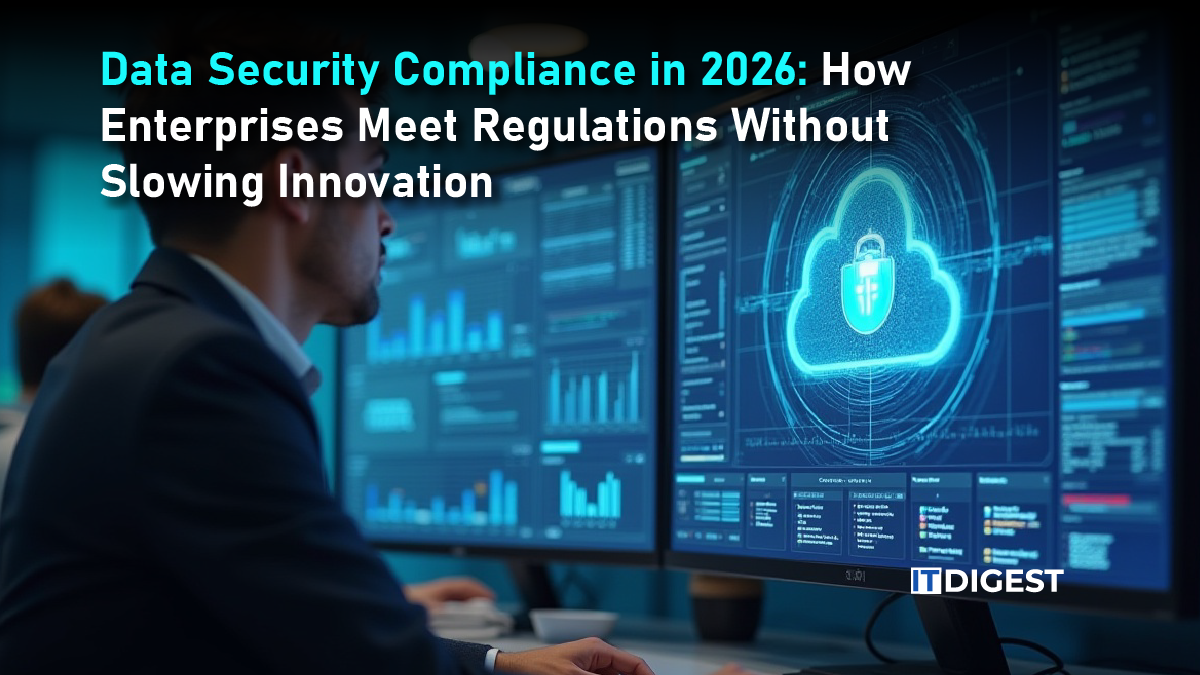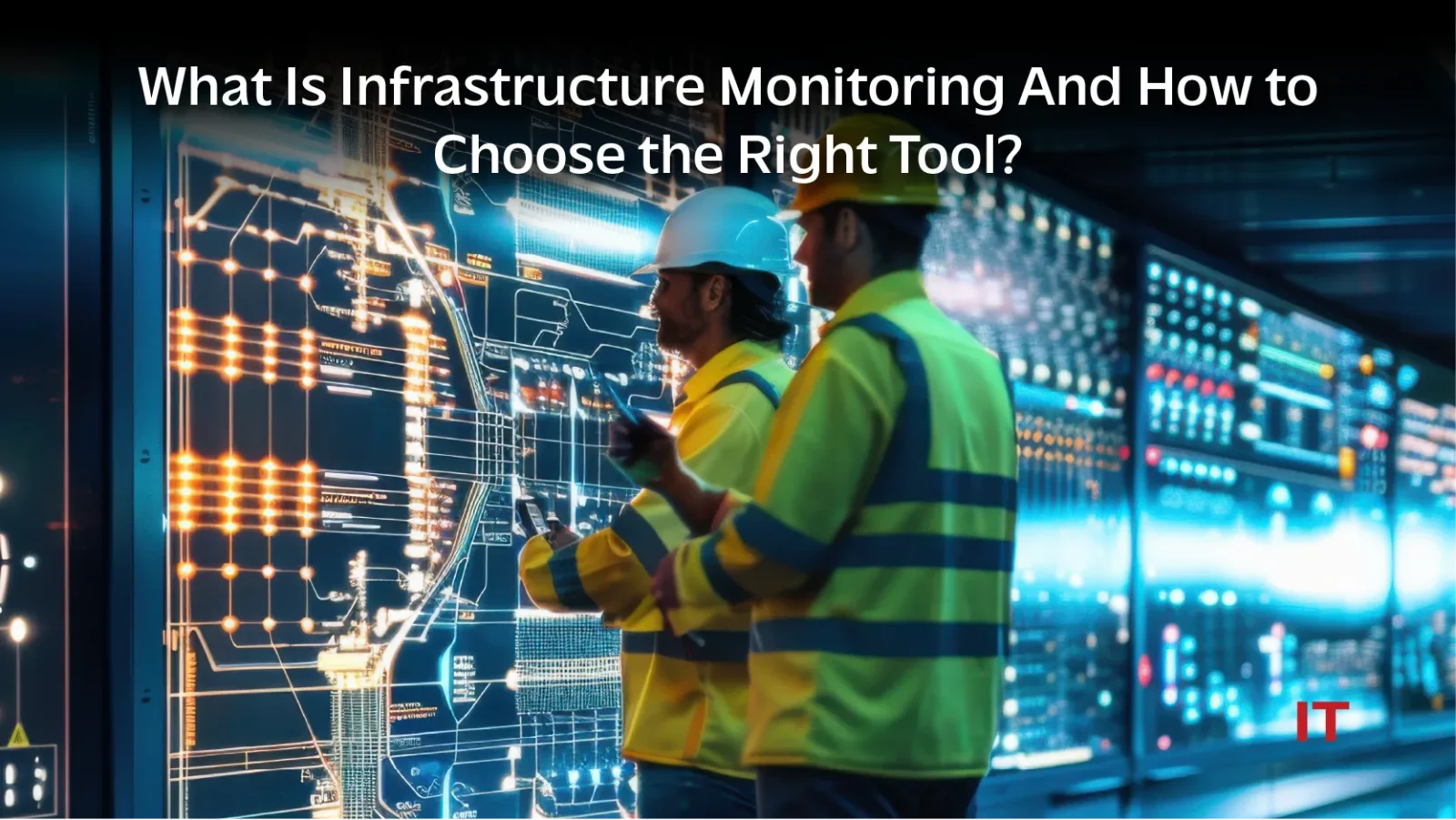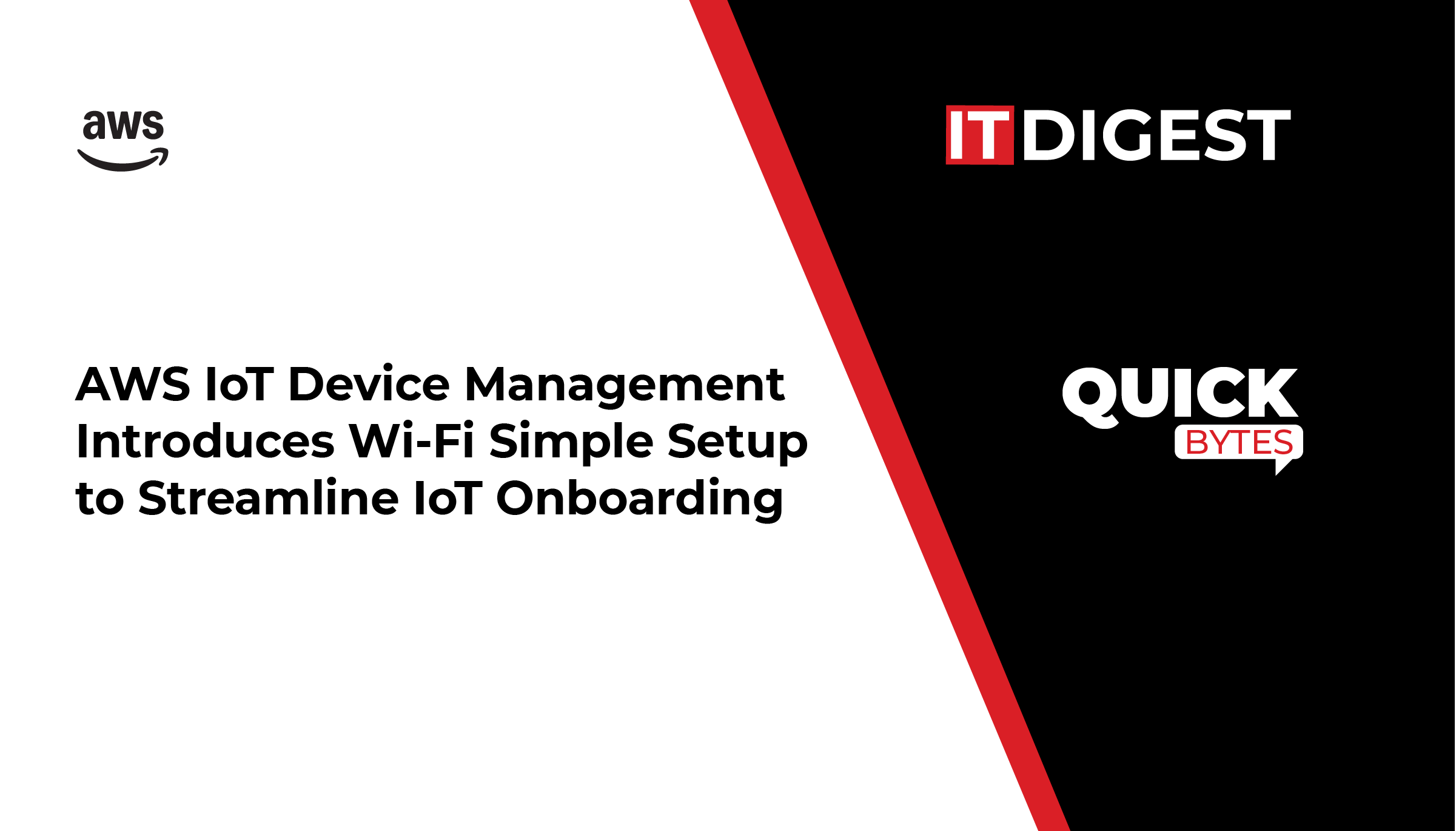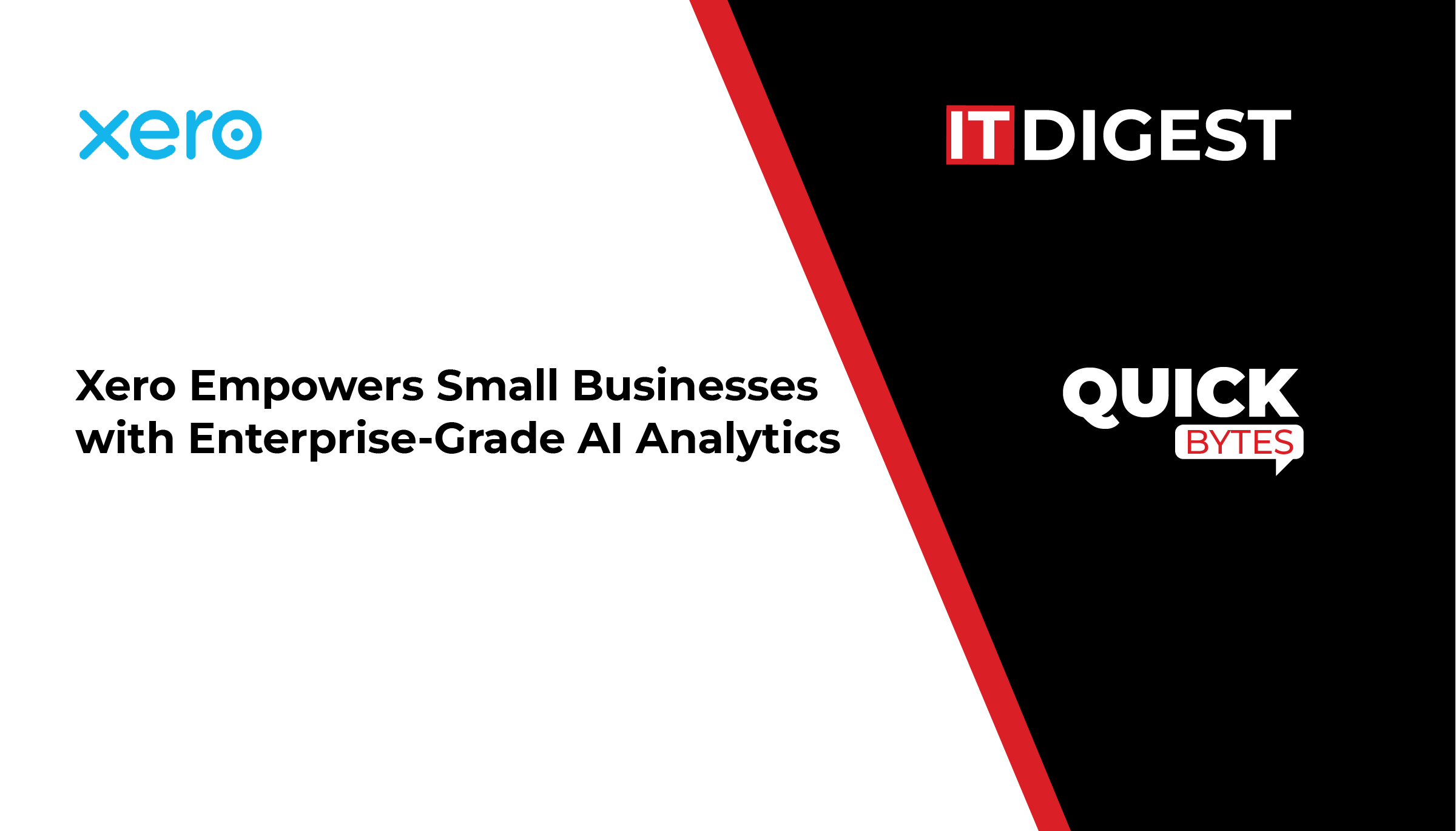What is Infrastructure Monitoring?
Infrastructure monitoring is a critical process that ensures the performance, availability, and health of IT systems in today’s digital landscape. It involves the continuous collection and analysis of data from various components of an organization’s IT infrastructure, including cloud services, on-premises servers, virtual machines, and network devices. It is a vital part of infrastructure security.
The primary goal of infrastructure monitoring is to provide real-time insights that help identify potential issues before they escalate, thereby maintaining optimal performance and minimizing downtime.
OpManager, Paessler PRTG, Zabbix, Datadog, etc are some examples of infrastructure monitoring tools.
Why is Infrastructure Monitoring Important?
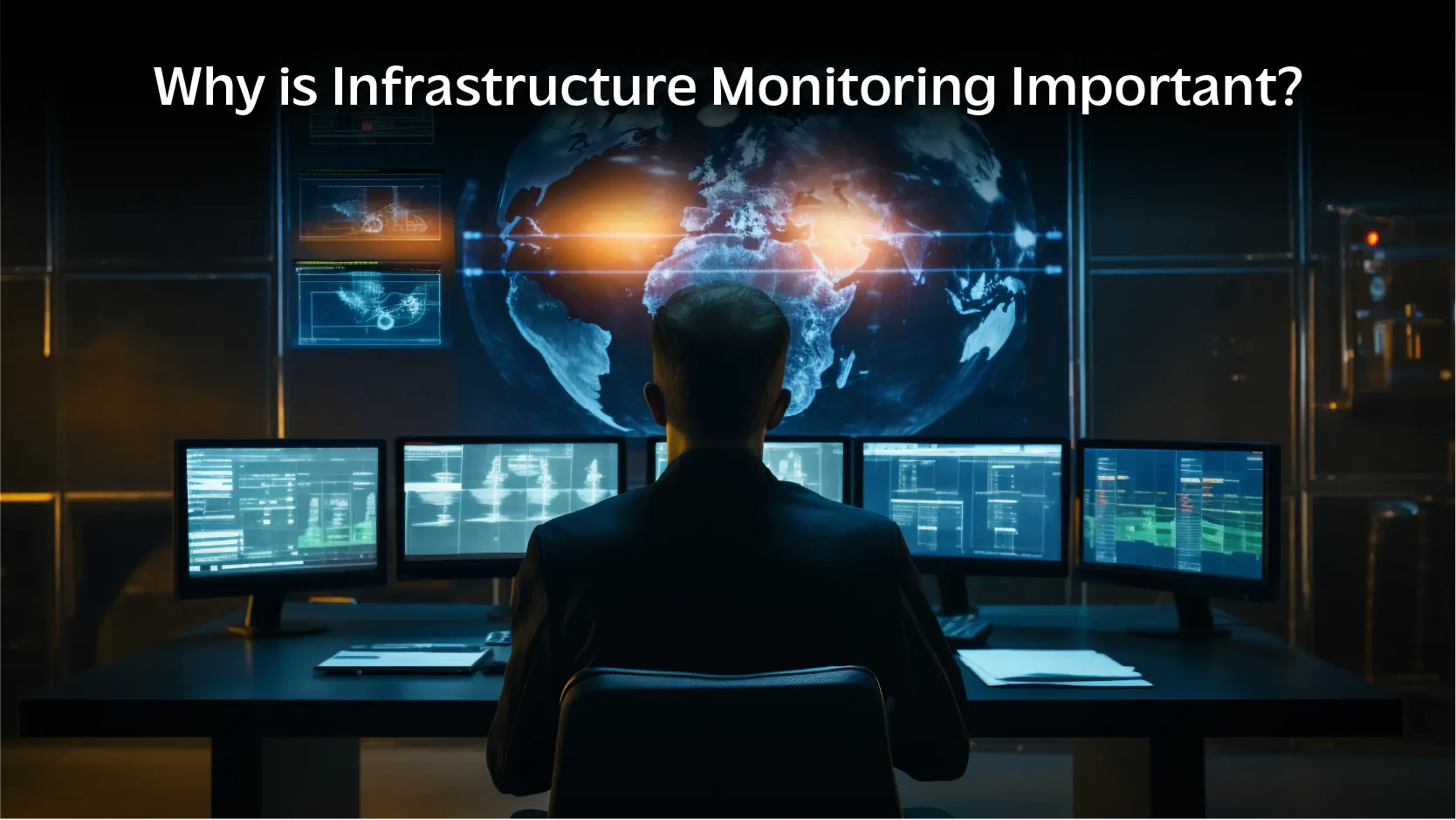 Here are the key points highlighting its importance:
Here are the key points highlighting its importance:
- Real-Time Visibility: Provides continuous insights into the health and performance of IT components, enabling quick detection of potential issues.
- Proactive Issue Resolution: Allows organizations to address problems before they escalate, minimizing downtime and ensuring consistent service quality.
- Shift to Strategic Planning: Enables IT teams to focus on proactive management rather than reactive troubleshooting, enhancing overall operational efficiency.
- Data-Driven Decision Making: Offers critical performance metrics and insights that align IT strategies with business objectives, facilitating informed decision-making.
- Agility and Responsiveness: Helps organizations adapt quickly to changes in the digital landscape, maintaining competitiveness in a fast-paced environment.
- Enhanced Operational Performance: Contributes to improved quality of service (QoS) and business continuity by ensuring all components of the IT infrastructure work seamlessly together.
- Innovation Support: Fosters an environment where IT can focus on driving innovation rather than merely maintaining systems.
Also Read: What is IaaS Security? Best Practices & Challenges
Working of Infrastructure Monitoring Explained
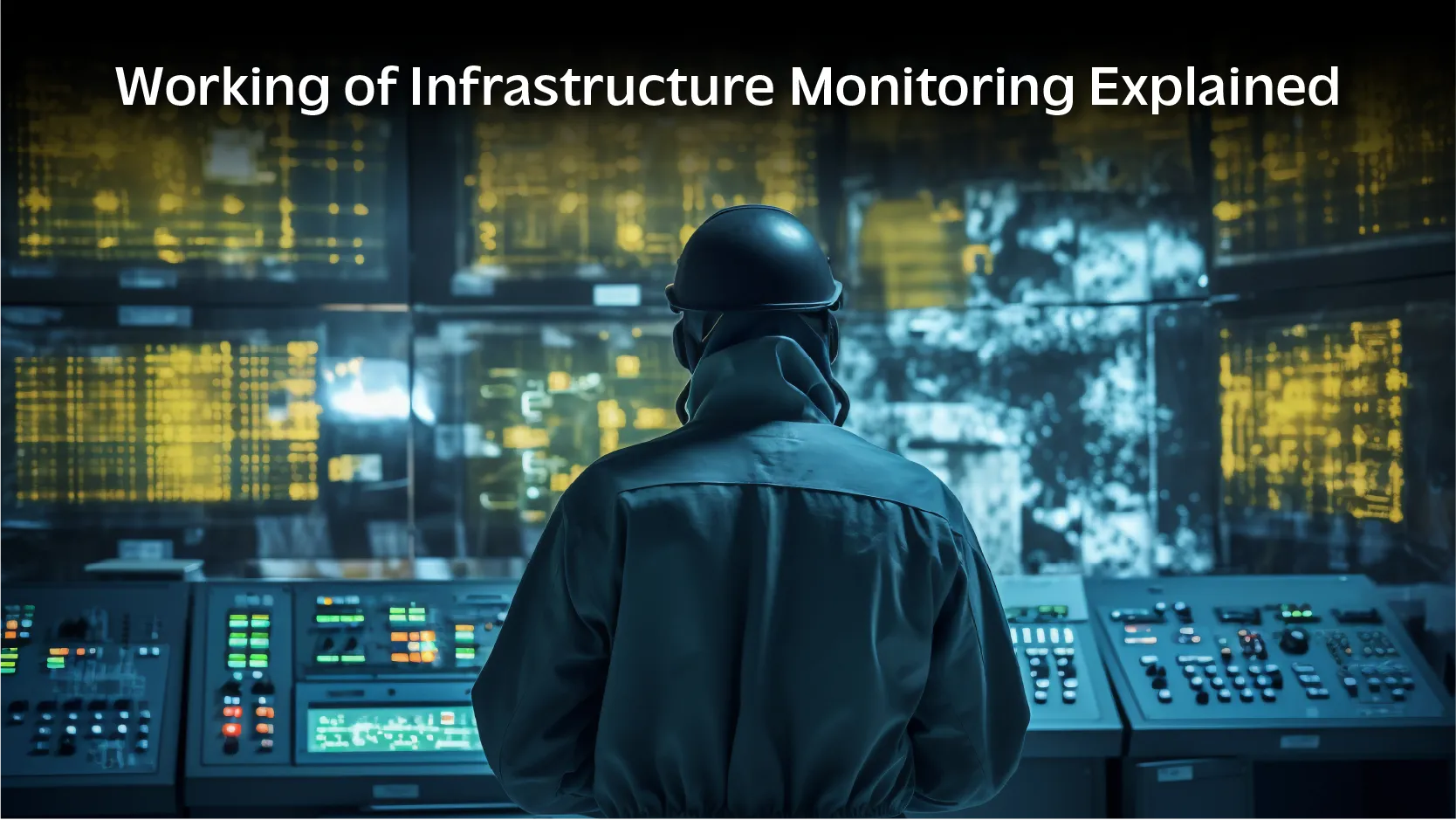 Infrastructure monitoring involves tracking the performance, availability, and resource usage of various backend components, including physical servers and virtual machines. Engineers typically deploy an agent on these hosts, which collects and sends metrics to a monitoring platform for analysis. This process provides insight into the health of backend components and ensures that critical services are functioning correctly and efficiently.
Infrastructure monitoring involves tracking the performance, availability, and resource usage of various backend components, including physical servers and virtual machines. Engineers typically deploy an agent on these hosts, which collects and sends metrics to a monitoring platform for analysis. This process provides insight into the health of backend components and ensures that critical services are functioning correctly and efficiently.
In modern, dynamic cloud environments, monitoring must adapt to the ephemeral nature of cloud resources. Unlike traditional on-premise servers with static IP addresses, cloud infrastructure components can be spun up or replaced as needed.
Monitoring platforms must therefore provide visibility into transient resources and allow engineers to focus on specific subsets, such as servers in particular regions. Metrics collected include CPU and memory utilization and storage use, which help diagnose issues like performance slowdowns or application failures.
6 Best Practices for Effective Infrastructure Monitoring
To maximize the benefits of your infrastructure monitoring solution, consider implementing the following best practices:
1. Define and Update Baselines
Set performance metrics and key performance indicators (KPIs) during regular operations to serve as benchmarks. These baselines help identify anomalies and ensure timely updates to reflect changes in your infrastructure, preventing potential blind spots.
2. Configure Alerts Wisely
Design alerts to be actionable and relevant to specific issues. Avoid overwhelming your team with unnecessary notifications by establishing accurate thresholds and filtering out false positives. Ensure alerts offer enough detail for swift issue resolution.
3. Prioritize Notifications
Determine which notifications should be prioritized based on their impact. Critical incidents, such as server outages, should receive immediate attention, while less urgent issues can be addressed later.
4. Conduct Regular Test Runs
Regularly test your monitoring system to verify its functionality before an actual crisis occurs. This helps ensure that your system performs as expected in real-world scenarios.
5. Implement Role-Based Dashboards
Use customized dashboards tailored to each user’s role, as different team members require different data. For instance, a SecOps team member will need different information compared to a CFO.
6. Utilize Vendor Support
Leverage support from your monitoring solution provider for configuration and operational issues. Their expertise can help resolve problems more effectively.
Adhering to these practices will enhance your monitoring system’s efficiency, enable proactive issue management, and contribute to the overall stability of your IT infrastructure.
How to Choose an Infrastructure Monitoring Tool?
Here are key considerations to keep in mind when selecting a tool:
1. Identify Your Needs
- Assess the specific requirements of your IT environment, including the types of infrastructure components you need to monitor (servers, networks, databases, applications).
- Determine whether you need full-spectrum monitoring or if specialized tools for certain aspects (like performance metrics) will suffice.
2. Scalability
- Ensure the tool can scale with your business as your IT infrastructure grows. It should handle increasing demands without compromising performance.
3. Ease of Use
- Look for tools that offer user-friendly interfaces and straightforward setup processes. Some tools provide out-of-the-box integration, while others may require more complex configurations.
4. Alerting and Reporting Features
- Choose a tool that can generate alerts based on monitored metrics and create insightful reports. This functionality is crucial for proactive issue resolution and performance evaluation.
5. Data Collection Methods
- Consider whether the tool uses agent-based or agentless monitoring, as well as the protocols it supports (e.g., SNMP, JMX, IPMI). This will affect how data is collected and analyzed.
6. Customization and Flexibility
- Look for tools that allow customization of dashboards and data visualization to meet the specific needs of your team. This flexibility can enhance usability and effectiveness.
7. Integration Capabilities
- Ensure the monitoring tool can integrate with other systems and tools you use, such as incident management platforms, to streamline operations and improve response times.
8. Cost and Pricing Structure
- Evaluate the pricing tiers and ensure they align with your budget and usage patterns. Remember that the most expensive tool isn’t necessarily the best fit for your needs.
9. Vendor Support and Community
- Consider the level of support offered by the vendor, including documentation, customer service, and community resources. A strong support system can be invaluable during implementation and troubleshooting.
By carefully evaluating these factors, you can select an infrastructure monitoring tool that not only meets your current needs but also supports your organization’s growth and operational efficiency in the long run.
Winding Up
As organizations continue to adopt more complex and dynamic infrastructure, the future of infrastructure monitoring will focus on predictive analytics and real-time insights, enabling proactive issue resolution before they impact operations. By leveraging these innovations, businesses will not only improve their ability to maintain system reliability and performance but also gain deeper visibility into their infrastructure, driving more informed and strategic decision-making. The continued advancement of monitoring solutions will be pivotal in supporting the resilience and efficiency of modern IT environments.






